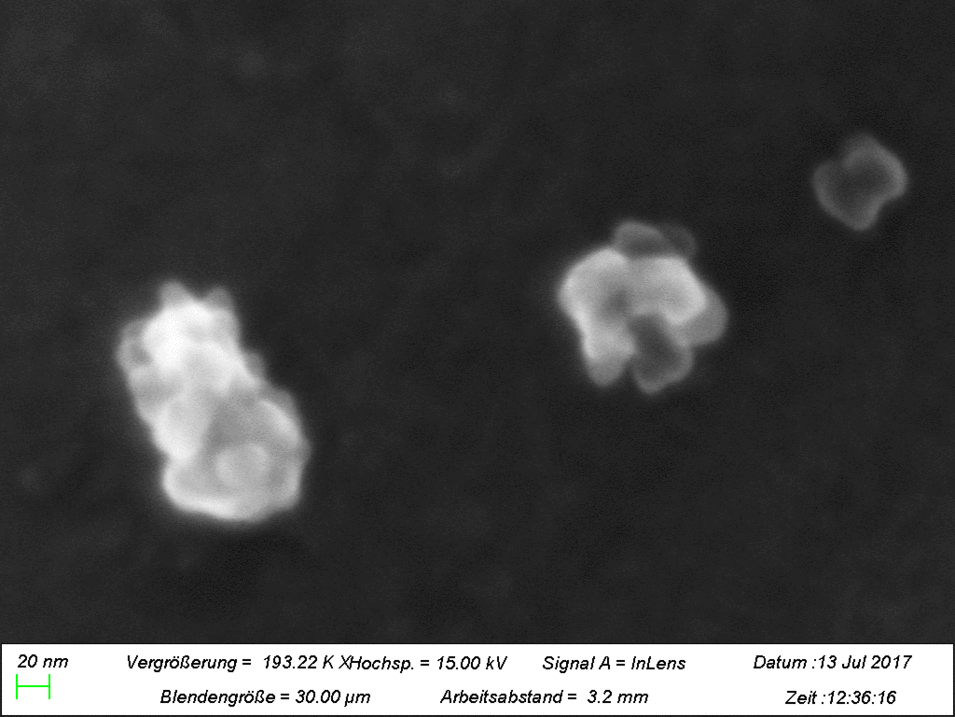Sub Zero Emissions
Objectives
Particulate and NOx emissions are under critical discussion, banning of diesel-powered vehicles from cities is imminent. For various reasons, electro-mobility is not yet a real alternative, particular-ly not for heavy-duty vehicles. Fuels, which burn without the emission of soot, are an attractive alternative, since without the need for complex particle removing system, the optimization of the whole engine and aftertreatment system towards low gaseous emissions is possible. One highly promising candidate for a soot-free alternative for Diesel fuels is Oxymethylenether (OME), which also has the potential of CO2 neutrality, as it can be produced completely from regenerative sources. As a combustion engine in principle able to burn atmospheric particles, we are aiming for a combustion engine that does not emit any contaminants and even is able to clean particle-loaded intake air, based on the use of OME Obviously, this highly ambitious aim requires for a thorough emission control with extreme sensitiv-ity in order to proof the sub-zero-emission aim of the known contaminants, particularly soot and NOx. However, the use of a new few fuel also requires for an extensive non-target screening for potential new contaminants. This analytical challenge needs to cover not only exhaust pipe analy-sis, but all process steps, as for example also potential emissions from degrading fuel constituents.

Methods
We are currently optimizing various offline sampling and analysis strategies, ranging from electron microscopy (SEM) coupled with EDX, ICP-MS, ion chromatography, to NAA and TXRF.
The semivolatile organic fraction can be determined by means of a mass spectrometer. To enable direct analysis of the complex exhaust gas emission, we use a newly invented ionization source provided by our partners from Plasmion GmbH, a startup company founded in 2016 by an IWC alumnus. The complete MS system is a combination of the HELIOS semivolatile evaporation system, the SICRIT ionization source, and an ion trap mass spectrometer. Analytical figures of merit are currently established and promise to allow for the detection of few nanometer thick coatings on nanoparticles.
Funding
Bayerische Forschungsstiftung